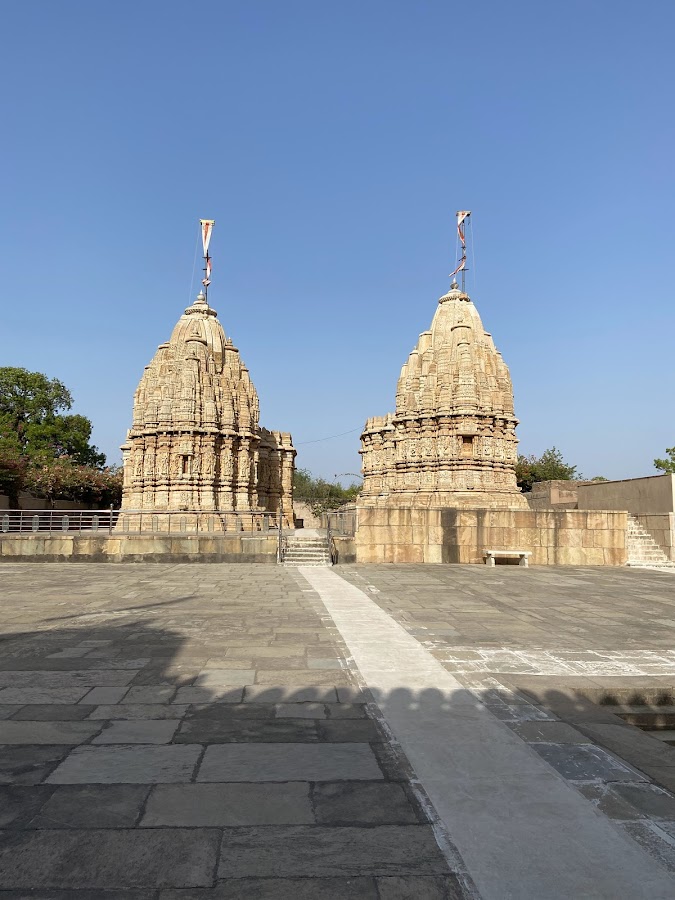
Jain Temples
Chittorgarh, India
- Capture the beauty of the temples through photography.
- Enjoy the peaceful and spiritual atmosphere.
- Explore intricate temple carvings and architecture.
- Learn about Jain Tirthankaras and philosophy.
Known for:
Description:
Chittorgarh Fort houses several Jain temples that stand as testaments to the region's rich religious history and architectural prowess. These temples, primarily dedicated to Jain Tirthankaras, are scattered across the fort complex. They showcase intricate carvings, serene idols, and peaceful environments, offering visitors a glimpse into Jain philosophy and art. The temples are not only places of worship but also significant historical and artistic landmarks. Exploring these temples provides a tranquil escape from the bustling fort and a chance to appreciate the diverse religious influences that have shaped Chittorgarh's identity. The architecture reflects the Solanki style, prevalent in western India, known for its detailed ornamentation and symmetry. Visiting these temples is a must for anyone interested in history, religion, and art.
History:
The Jain temples within Chittorgarh Fort date back to the medieval period, primarily the 11th and 12th centuries. They were constructed during the reign of the Solanki dynasty, who were known patrons of Jainism. The temples served as important centers of Jain religious activity and were supported by the local Jain community. Over the centuries, they witnessed the tumultuous history of Chittorgarh, surviving sieges and battles. While some suffered damage, many have been restored and maintained, preserving their historical and religious significance. The presence of these temples highlights the religious tolerance and diversity that existed within the region. They stand as enduring symbols of Jain faith and architectural heritage.